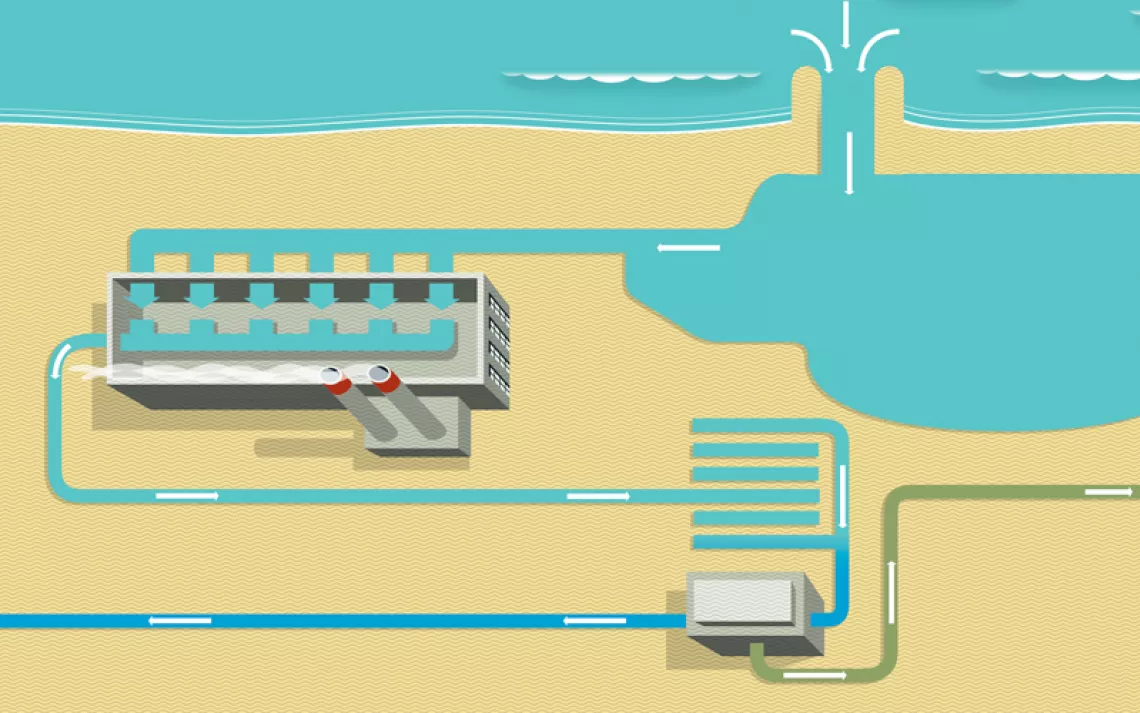How Close Are We to Getting Electric Airplanes?
The first electric models are here—and they're tiny
Airlines got a pass in the 2015 Paris Agreement. The reason? It's tricky to assign airplane emissions to any one country. But if we want to keep flying and stop pumping carbon dioxide into the upper atmosphere, where it's especially damaging, air travel will have to go electric. Here are a few ways that could happen.
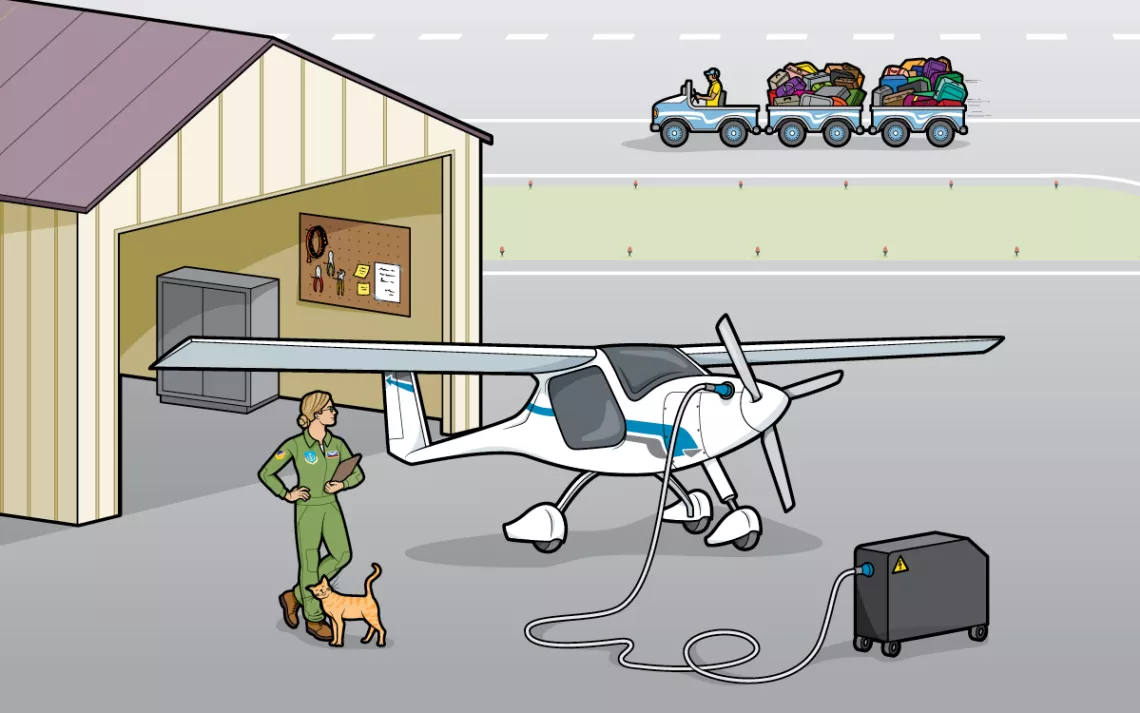
Engineering an electric airplane is tricky, because even the most advanced batteries weigh more and provide less potential energy than a tank of jet fuel. The Slovenian-made Pipistrel Alpha Electro seats "two reasonably sized adults" and can stay in the air for about an hour (flying 75 miles or so, depending on weather conditions). The four Electros used to train pilots in California were the first EV airplanes certified by the Federal Aviation Administration.
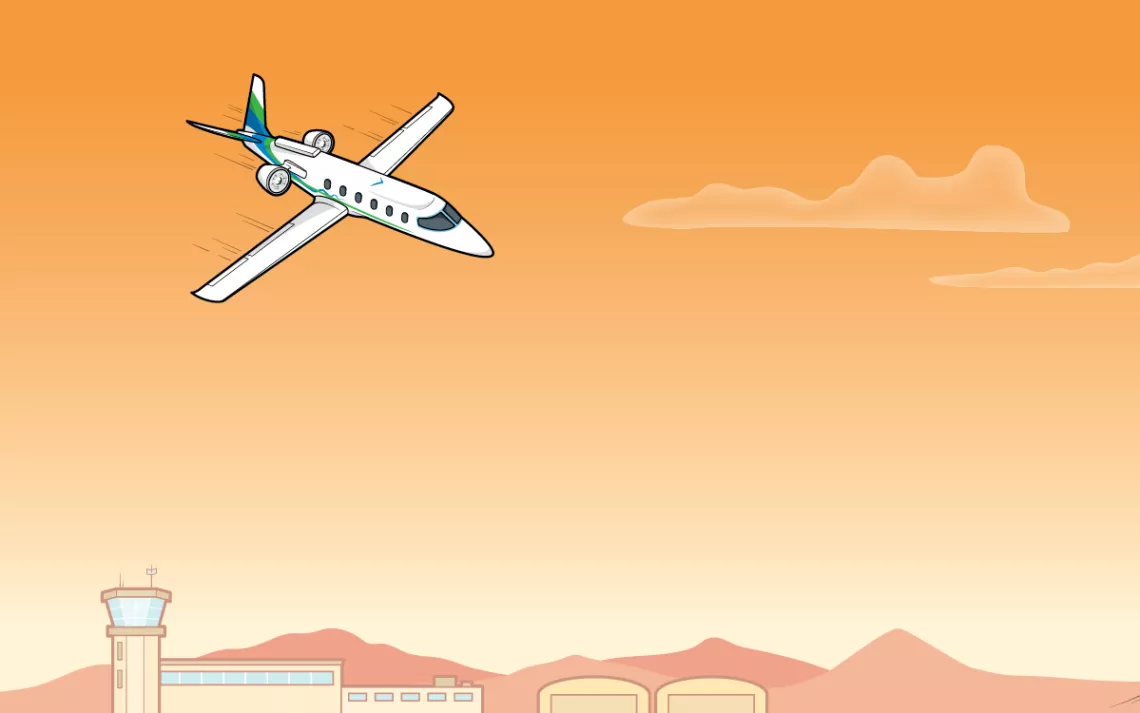
Several EV aircraft developers are adding more passengers and longer range with gas-electric hybrids that can fly between regional airports. ZUNUM AERO, which plans to start test flights this year and begin delivering planes in 2022, is designing hybrid aircraft that could carry 12 passengers about 700 miles. The aircraft will transition to fully electric as battery technology improves.
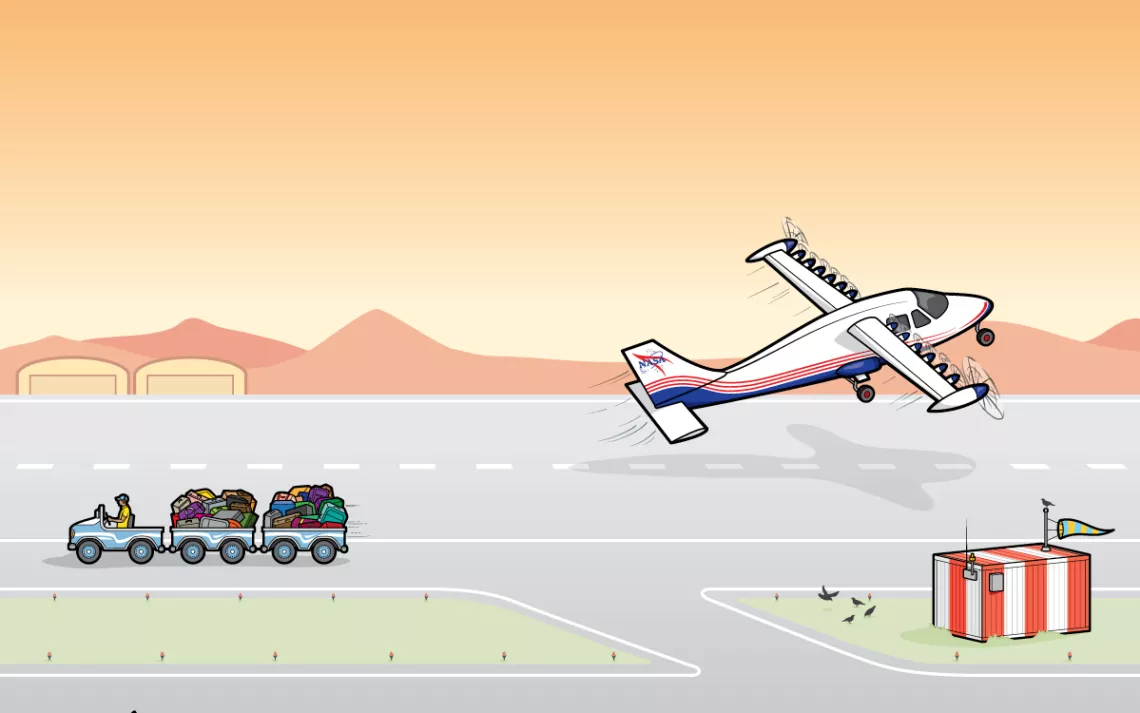
The NASA X-57 Maxwell—a one-seat test vehicle scheduled to take its first flight this year–has one of the most far-out designs: Fourteen separate motors and propellers along its wingspan help it use energy more efficiently during liftoff.
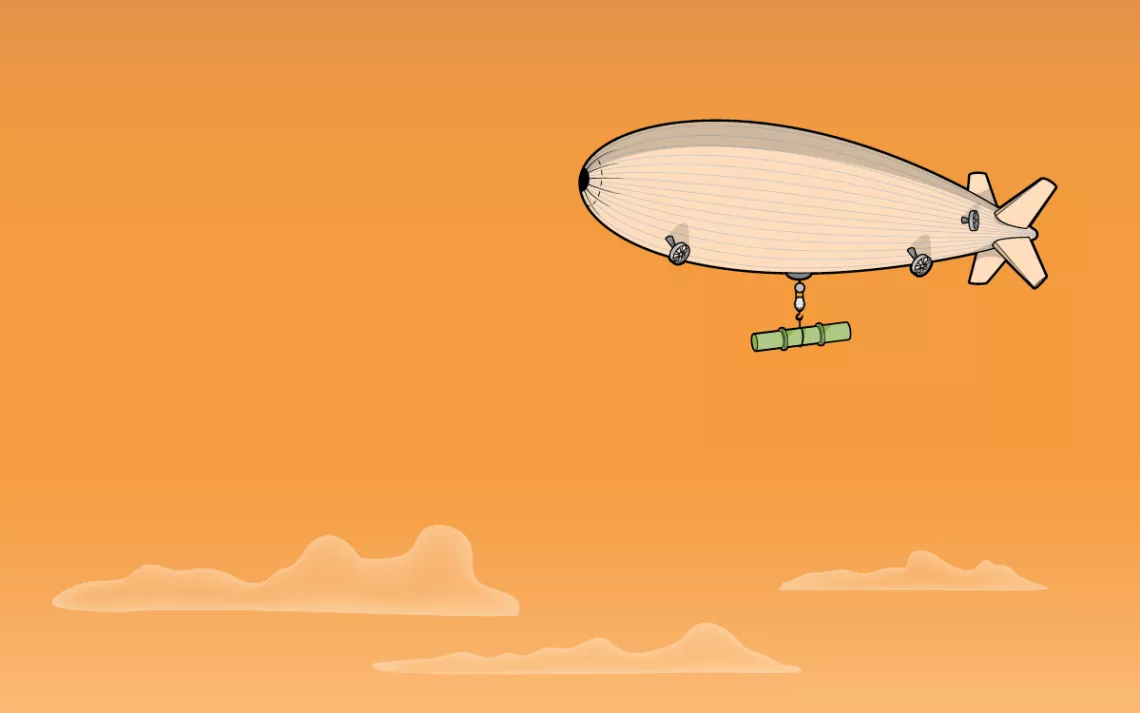
Airships travel at a fraction of the speed of airplanes, and there isn't enough helium in the world to deploy them in huge numbers, but a single airship can carry a lot of cargo. The LCA60T, which the French company Flying Whales plans to have in production by 2022, will be able to carry 60 tons, powered by a small electric or hybrid engine. The LCA60T is being developed to assist in logging and drilling in roadless areas, but blimp boosters maintain that they could also be used for wind-turbine delivery.
This article appeared in the July/August 2019 edition with the headline "Fly the Electric Skies."
 The Magazine of The Sierra Club
The Magazine of The Sierra Club


